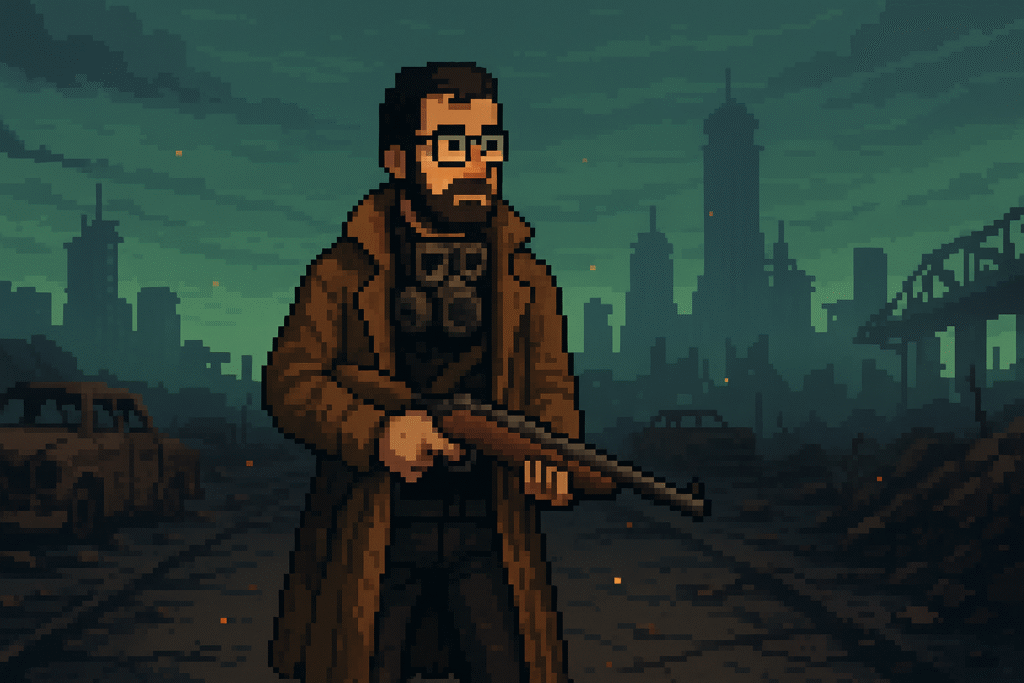Reading time: 8 min
Fallout 4 is a gem. Not flawless, not shiny, but a gem that glows with grime and ambition. And buried inside it, deeper than most players ever dare to go, is a smaller, meaner gem: Survival mode. You think you’ve played Fallout 4? You haven’t. You’ve only been sightseeing in a war zone. The real game begins when you turn off your safety nets, forget quicksaves ever existed, and start crawling through the Commonwealth like a starving rat with a pipe rifle.
Most people dismiss Fallout 4 as “the casual one.” It’s got crafting, base building, voice acting — all the things that made purists cry “Skyrim with guns.” But underneath that, Bethesda built something extraordinary: a massive, terrifying, weirdly soulful post-apocalyptic world that somehow feels alive long after humanity’s gone. Even before Survival enters the picture, this game is a masterpiece of atmosphere and chaos.
The Commonwealth: A World That Won’t Shut Up

Bethesda’s world design deserves more credit than it gets. The Commonwealth feels alive, even when it’s mostly corpses. You walk out of Sanctuary, take a wrong turn, and boom — you’re knee-deep in ghouls inside a collapsed school, or trading bullets with raiders who decided that one broken desk is worth dying over. There’s always something happening. Every building looks like it has history. Every pile of bones feels like a story you just missed.
It’s one of those maps that lives rent-free in your brain. You’ll remember that one factory where you found your first power armor, that one diner where a molerat ambushed you mid-meal, or that one dark tunnel you swore you’d never enter again. Fallout 4’s world is equal parts museum and nightmare. And what I love most — it never tries to make you feel safe.
Even the smallest trips feel like expeditions. You can’t just walk somewhere without some nonsense going down: a Vertibird crash, a trader getting eaten alive, or a random super mutant picking a fight with a radscorpion. It’s chaos wrapped in nostalgia, and it’s entertainment at its finest.
The Weather: Apocalypse in HD
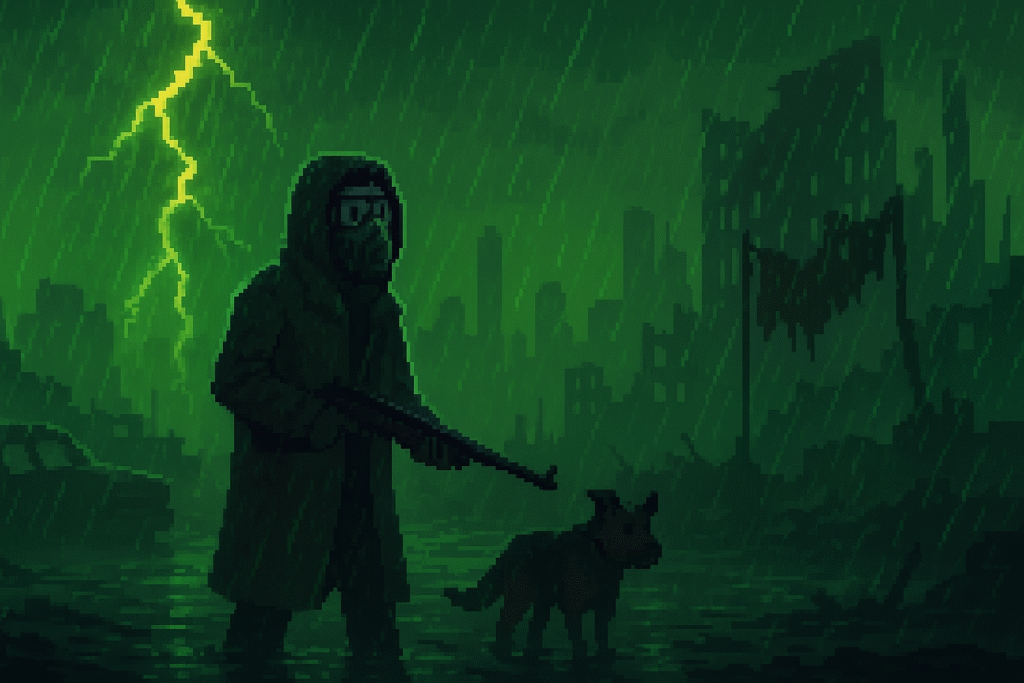
I didn’t expect to fall in love with Fallout 4’s weather. But man, the first time it rained, I stopped walking and just listened. The sound of water hitting rusted metal and dead earth somehow made the world feel real. You stand there watching raindrops slide down your Pip-Boy screen, surrounded by silence and decay — it’s hauntingly beautiful.
And then there are radiation storms. Those are pure art. You see that eerie green glow start creeping across the horizon, the wind howls, lightning cracks, and you realize you’re about to get microwaved alive. The Geiger counter starts clicking like it’s counting down to your funeral. You sprint to the nearest shack, listening to thunder rumble while the sky burns neon green. The immersion is unreal.
Most games use weather as decoration. Fallout 4 uses it as a personality. It’s like the world itself is alive — angry, unpredictable, and sick of your optimism.
The Gunplay: Finally, Guns That Feel Like Guns
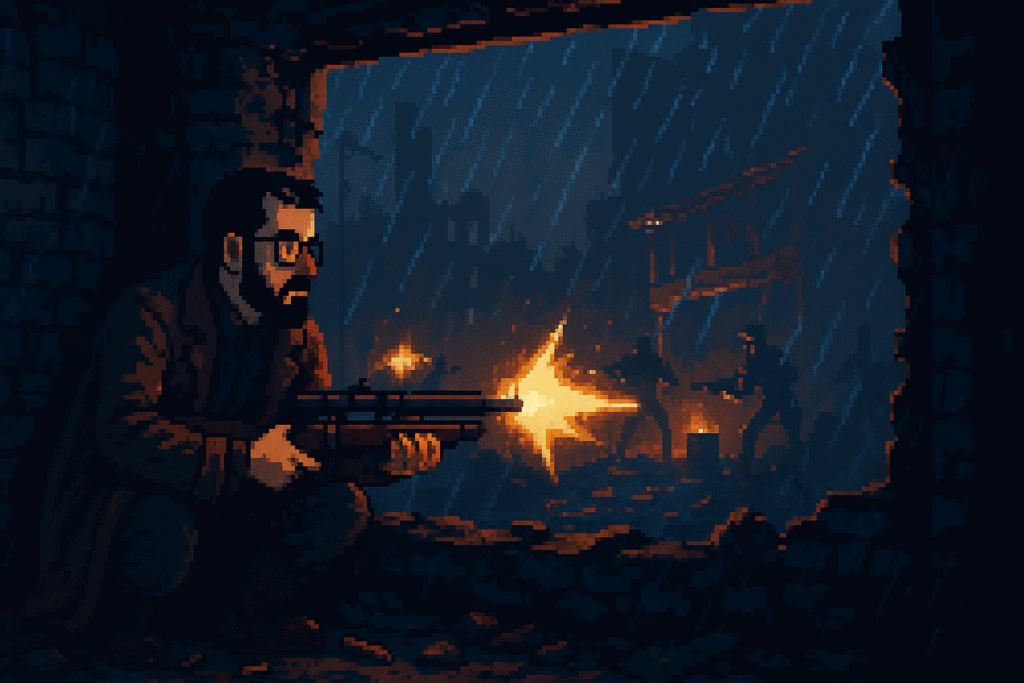
Fallout 4’s gunplay doesn’t get enough praise. The guns look, sound, and behave like they’re dangerous. Every pull of the trigger feels like it could decide your life. I run a fully modded bolt-action hunting rifle that I treat like it’s my child. One shot, one kill if I’m lucky, and that satisfying metal click of the bolt cycling afterward? That’s art. The sound of the casing hitting the floor might as well be applause.
Put on a good headset and the game transforms. Distant gunfire echoes through the city like thunder. You can tell when something’s wrong just by the sound — a faint snarl, a creaking floorboard, the snap of a tripwire. It’s the kind of detail you don’t appreciate until you realize most modern games sound like wet cardboard compared to this.
The combat has weight. It’s not perfect, but it’s honest. Every bullet feels like a choice, not a spam button.
Power Armor: The Iron Dream
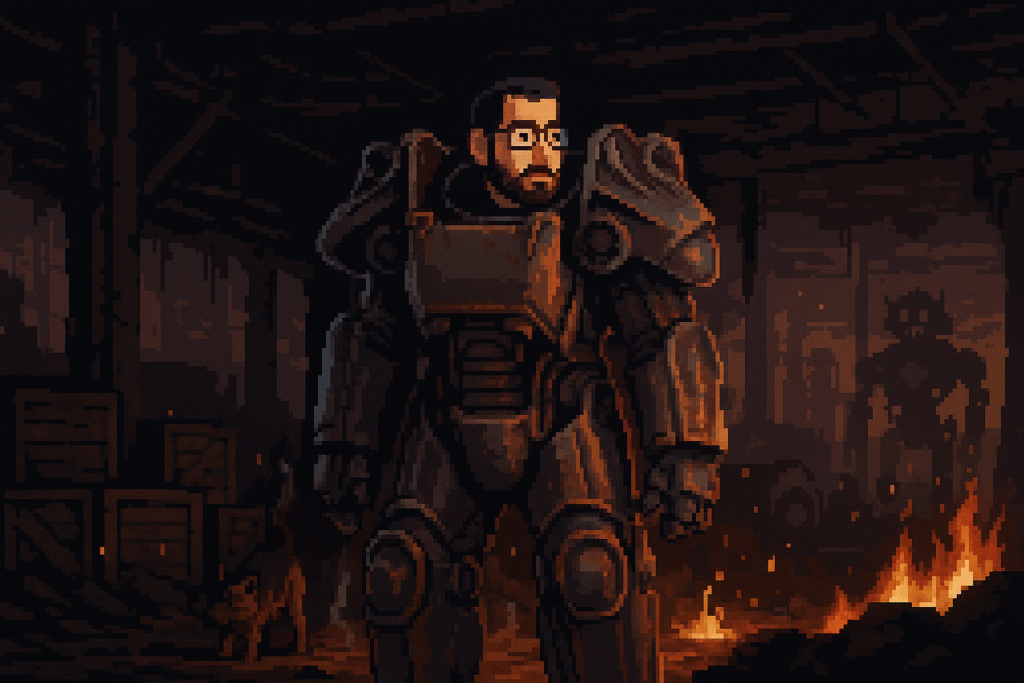
Then comes power armor — Fallout 4’s crown jewel. Bethesda finally made it feel like power armor, not an outfit. The first time you climb in, it’s a religious experience. The metal closes around you with a hiss, the HUD flickers to life, and suddenly you’re ten feet of angry steel.
You take one step and the world shakes. You jump off a bridge and land like a meteor. The sound of hydraulics and heavy footsteps sells it completely. The armor doesn’t just protect you — it owns you. You don’t feel like a guy in a suit; you feel like the suit with a guy trapped inside.
But the best part? Fear. That slow panic when your fusion core starts dying. You go from invincible to vulnerable in seconds, limping across a battlefield, praying for a spare core. It’s a genius touch — power paired with fragility.
The Quests and the Quiet Stories
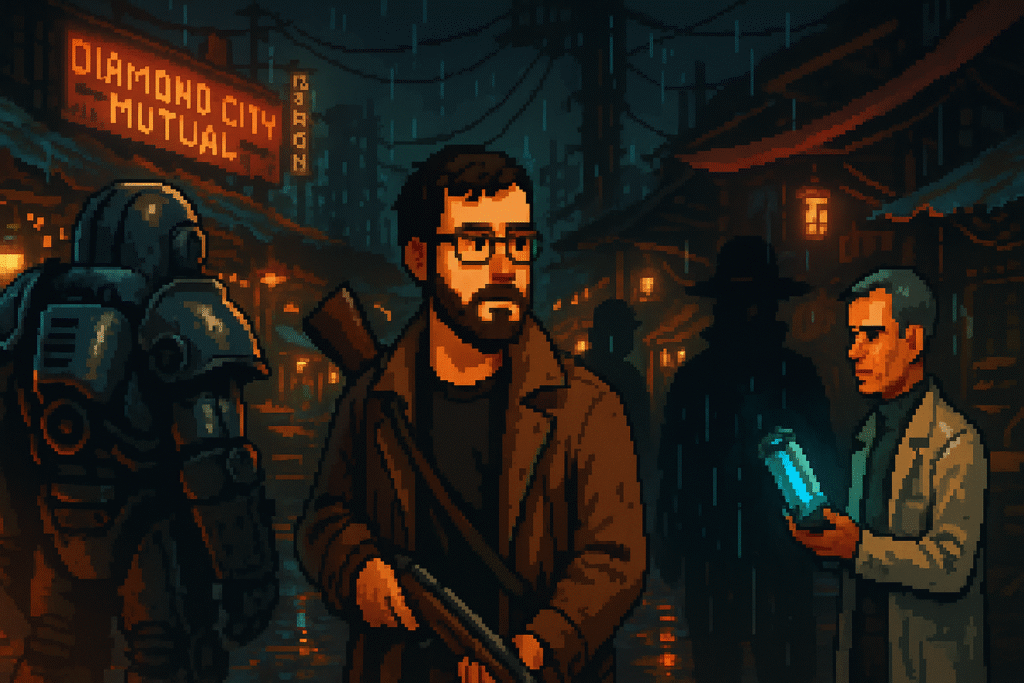
People love to hate Fallout 4’s writing, but honestly, it’s perfect for what it tries to be. It’s not deep philosophy; it’s messy humanity. You meet survivors, synths, mercenaries, and maniacs — all of them coping with the end in their own stupid, brilliant ways.
I’ve played over 400 hours and still haven’t picked a faction. The Brotherhood dangles tech and glory, the Institute whispers about rebuilding civilization, the Railroad sells moral dilemmas, and the Minutemen just won’t stop calling. I can’t decide. That’s how you know the choices work — they haunt you even when you’re doing side quests about lost cats or ghouls living in sewers.
The smaller stories hit harder. A skeleton in a bathtub with a bottle of whiskey. A note in a drawer saying “see you on the roof.” Fallout 4 is full of those tiny gut punches. It’s not just about the bombs — it’s about how people tried, and failed, to stay human.
Survival Mode: The Hidden Gem Inside the Gem
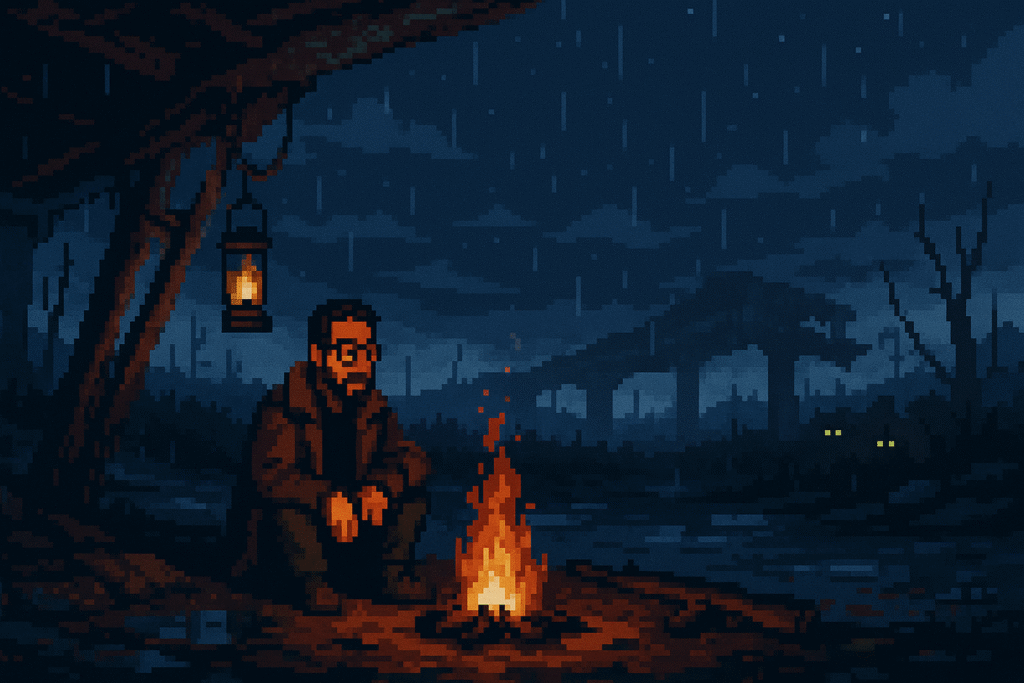
Now let’s talk about Survival mode — the hidden diamond buried under all that radioactive dust. If Fallout 4 is the gem everyone sees, Survival is the one only lunatics bother to dig up.
The first thing Survival does is take away your safety blanket. No quicksaves, no fast travel, no magical regenerating health. Hunger, thirst, exhaustion — all real. Getting sick is a genuine problem. Ammo has weight. Beds become treasure. Every decision matters. It’s not just a mode; it’s Fallout 4 reimagined as a psychological experiment.
The first 15 levels are miserable. You die from everything — bullets, radiation, bad luck, or stepping on a twig wrong. I restarted at least 15 times, reshuffling my SPECIAL points, testing builds, learning which guns could actually keep me alive. But when it finally clicks, when you start thriving instead of just surviving — it’s pure satisfaction.
You stop rushing. You start planning. You think about where you’ll sleep, how much food you’re carrying, and whether it’s worth fighting those super mutants for some glue. Suddenly, even a spoonful of purified water feels like gold.
Survival mode forces you to slow down and exist in the world. It’s immersive in a way no difficulty slider could ever replicate. You feel the weight of your character’s life — every meal, every wound, every bed.
And the irony? I’ve never played Fallout 4 on normal difficulty. I jumped straight into Survival like an idiot and never looked back. Because after playing it this way, normal feels like cheating.
The Two Mods I Let Myself Have
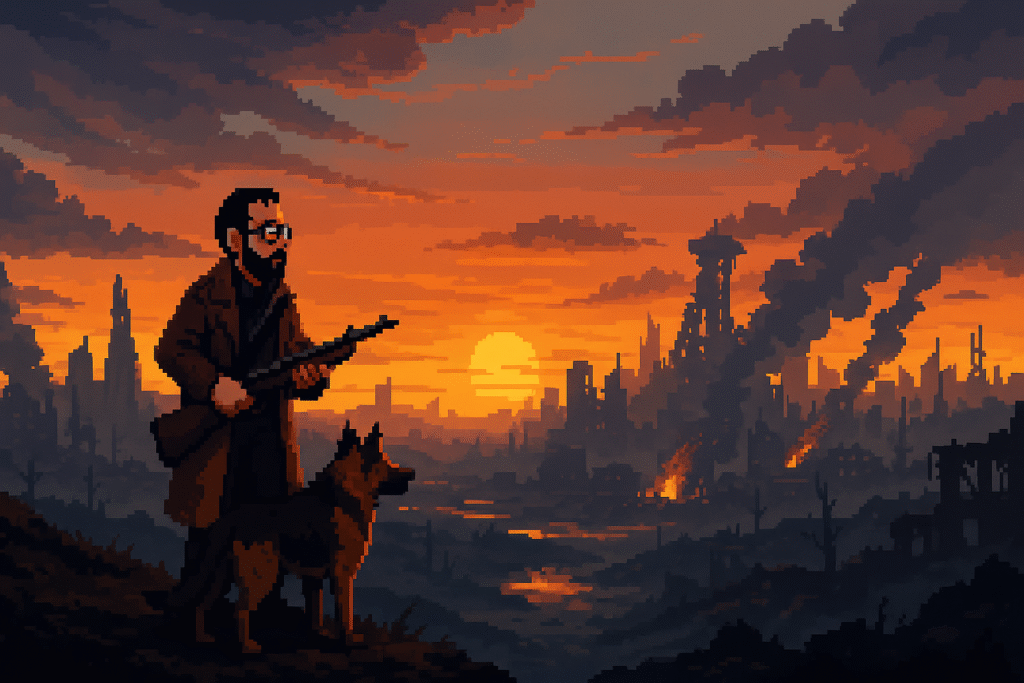
I usually play games vanilla. I like to suffer the way the devs intended. But I had to break my rule for Fallout 4. The first mod was for performance — one of my early playthroughs literally died because the game took 45 minutes to load and crashed five minutes later. The second was to remove that idiotic settlement build limit. I have a powerful PC, and I’ll be damned if it tells me I can’t place another turret because “performance reasons.”
Apart from that, it’s pure Survival. Just me, a hunting rifle, and the wasteland trying to murder me in creative new ways.
Why Fallout 4 Endures

Fallout 4 isn’t perfect. It’s buggy, sometimes stupid, and often unfair. But it feels alive. It’s that rare game where the broken parts make it better. The charm comes from the unpredictability — that one molerat that ruins your stealth mission, or that legendary ghoul who spawns in a closet and ruins your day.
And Survival mode amplifies all of it. It turns Fallout 4 into a true post-apocalyptic simulator. You’re not the hero anymore — you’re prey. Every step, every choice, every bullet counts. It’s slow, frustrating, and absolutely addicting.
Reflection: Finding Meaning in the Wasteland
After a while, you realize Survival mode isn’t just a setting — it’s philosophy. It’s the kind of difficulty that teaches you patience, caution, and gratitude. It rewards discipline more than skill. You start appreciating the small victories: clean water, a safe bed, a sunrise without a deathclaw roaring in the distance.
And somewhere in that struggle, Fallout 4 becomes something more than a game. It becomes a weird mirror for life. You fight, you adapt, you lose, you rebuild. You keep going because stopping isn’t an option.
Fallout 4 is a gem — rough, scarred, and radioactive. Survival is the hidden gem buried inside it, glowing quietly, waiting for someone stubborn enough to find it. The world doesn’t hand you comfort here. You earn it, one painful, beautiful step at a time.
Hey! Remember back in the day, when FPS games used to slap? if so, or not, read this: Back When FPS Actually Slapped

